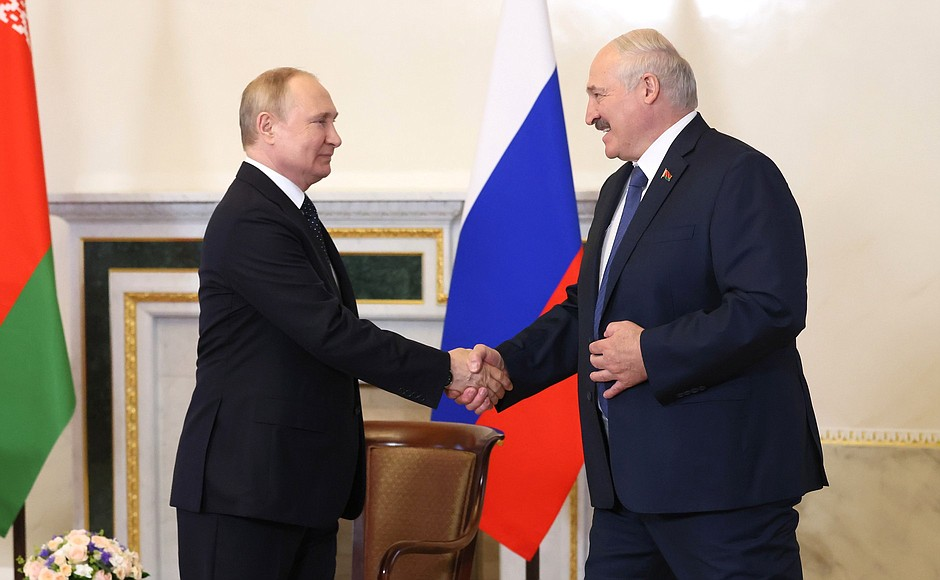Investments in the New Normal: Flaunting the Upside of the Coin
 The situation has not changed
The situation has not changed

Despite a noticeable surge in foreign investments, particularly from Russia, from January to September this year, the Belarusian government finds itself compelled to step up efforts to attract Russian investors.
Russian investments in Belarus saw a striking 140% increase, a point emphasized by Belarusian Economy Minister Yuri Chebotar during the Belarusian Investment Forum held on November 23 in Moscow. According to Chebotar, this surge reflects the confidence of Russian investors in the sustainability and profitability of ventures in Belarus. However, this impressive growth appears more as a testament to the Belarusian government’s adeptness in showcasing positive economic aspects than a clear sign of an investment boom.
Official statistics reveal that foreign investments from January to September 2023 reached USD 6 billion, marking a 13.2% increase compared to the same period last year. Yet, analysts caution that, even with substantial growth in foreign investment, reaching the pre-sanction level of 2020 (USD 8.7 billion) by year-end seems unlikely.
Foreign direct investment (FDI) constituted USD 4.5 billion, representing 75.3% of all incoming foreign investment. FDI involves funds directed toward creating enterprises controlled by the investor within Belarus. While such investments are usually welcomed by the country’s leadership, they may also raise suspicions.
The geographical structure of investments shows no improvement and, in fact, reveals a growing imbalance. The primary investors in Belarusian organizations are entities from the Russian Federation (63.1% of all incoming investments, a 6-percentage-point increase) and Cyprus (16.7%, a 3.5-percentage-point decrease), bringing their total share close to the 80% mark. Conversely, Belarusian investments abroad for the first three quarters of this year amounted to USD 4.4 billion, with 92.4% originating from Russian enterprises.
Comparing the total increase in investment from abroad with the increase in FDI from Russia reveals a continued decline in the volume of investments from all other countries worldwide. This trend also extends to the Eurasian Economic Union (EAEU) countries (excluding Russia), as the first-quarter 2023 indicators suggest.
Data on the volume of fund withdrawals as part of foreign investments and on reinvestment is unavailable beyond the first half of 2023, showing a 1.5 percentage point increase. This implies that foreign investments, particularly from “unfriendly countries,” are restrained by current legislation regarding capital outflows.
Hence, Russia remains the fundamental and uncontested monetary hub for Belarus. It is noteworthy that the Belarusian Investment Forum 2023 occurs amidst an ongoing event with a potential scandalous overtone—the “revolt of investors.” In October, a group of Russian investors demanded restricting Belarus’ access to interstate loans and the local capital market. The Russian Analytical Credit Rating Agency subsequently withdrew previously assigned credit ratings for the government of the Republic of Belarus.
The Belarusian government now faces the challenge of redoubling efforts to attract investments from Russia and preventing capital outflows from the country. According to the forecast for Belarus’s socio-economic development in 2024, investment growth in fixed assets should be 3.9%.
Subscribe to our newsletter




Situation in Belarus
Constitutional referendum: main consequences


 Video
Video
How to count the political prisoners: are the new criteria needed?


 Video
Video
Paternalism In Decline, Belarusian Euroscepticism, And The Influence Of Russia


 Video
Video












